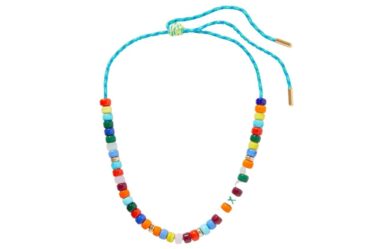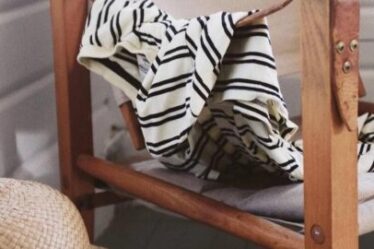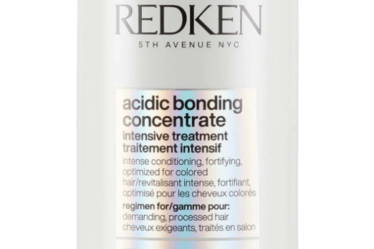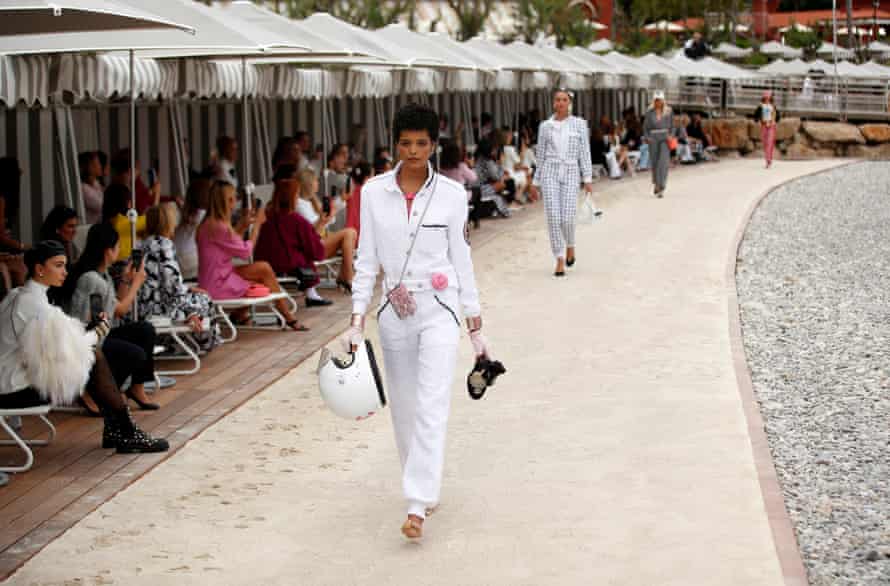
The jet-set catwalk show is back, with its sunny backdrops and international front row. But the new world order is complicating the seating plan.
At Chanel’s first fashion show outside France since the pandemic, the Monte Carlo beachfront played catwalk to a pageant of supermodels dressed in lighthearted tribute to grand prix glitz. The 67 models wore racing-driver jumpsuits tailored in pastel tweeds and gold lamé, and helmets emblazoned with No 5.
Watching from the hotel sunloungers which stood in for the gilt chairs of Paris fashion week were both Ukrainian and Russian clients. Chanel has been the target of social media vitriol in Russia, after boutiques in Dubai refused to sell handbags to customers whom the sales staff believed were likely to take the items home to Russia, citing compliance with sanctions law.
“We take sanction laws extremely seriously. The impact on our business is not what we are thinking about at this moment,” Bruno Pavlovsky, Chanel’s president of fashion, said in a video call before the Monte Carlo show. “But we also have many Russian customers who live permanently abroad – in Dubai, in the Riviera, everywhere – and there is no reason that we cannot invite them to the show, along with Ukrainian clients.”
The actor Kristen Stewart flew in from Los Angeles and the rapper G-Dragon from Seoul, while Princess Caroline of Monaco dropped in from her oceanfront villa nearby. Dress code on the catwalk was tongue-in-cheek pitstop glamour, with baseball caps, fingerless gloves and black-and-white chequered sweaters. There were also nods to casino culture with tiny handbags fashioned to look like slot machines and packs of playing cards.
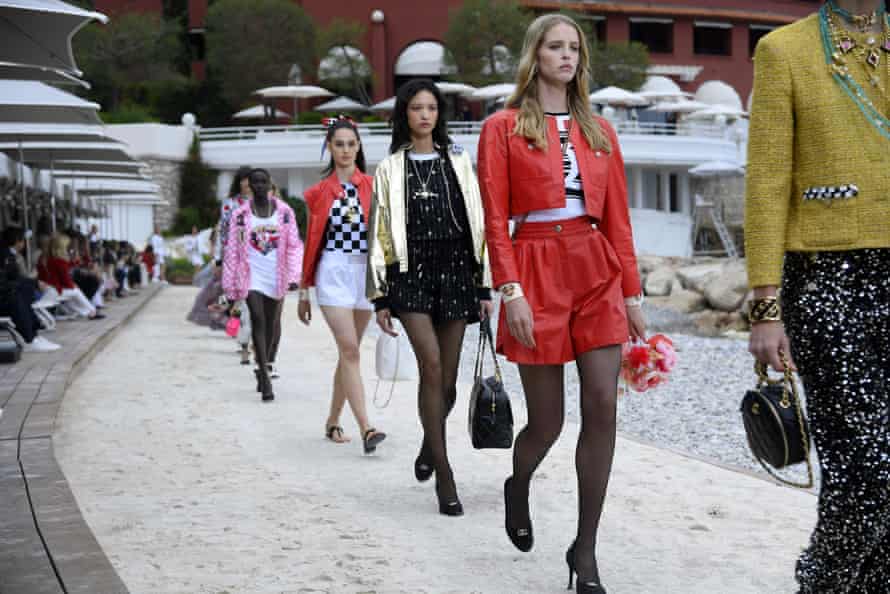
But for Chanel, which has grown its digital following during the pandemic, the audience that really matters is not the few hundred on the sunloungers, but those who the images will reach via Instagram and TikTok. Just like the drop of a new album or the release of a music video, a showcase of the cruise collection is a device to focus eyeballs all over the globe on what Chanel looks like.
“In the past we were very focused on the people invited to the show, but now we are thinking just as much about the people who aren’t in the room,” Pavlovsky said. “Putting on a beautiful show is a way of nourishing the imaginary idea of what Chanel is. The guests here in Monte-Carlo are privileged, of course, but they are not the only people we think about any more.”
Cruise collections, unveiled in May but not on sale until November, were originally designed for an elite needing a hot-weather wardrobe for winter sun. But they have become popular fashion content for consumers looking for inspiration for their summer holiday wardrobes. With many shoppers set to pack suitcases for the first time in three years, this cruise season is likely to be more high-profile than ever, defying predictions that international fashion shows would die out.
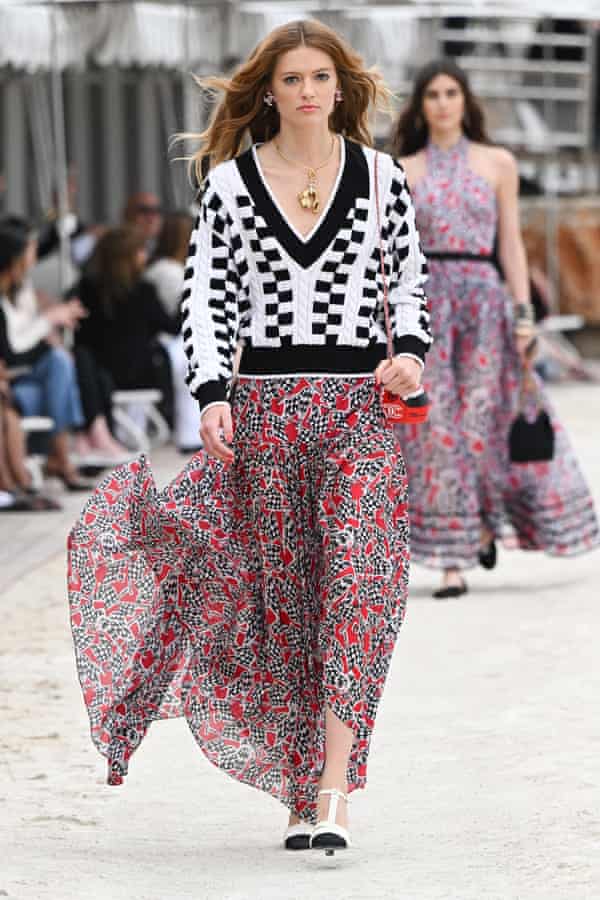
The designer Virginie Viard collaborated with the film directors Sofia and Roman Coppola on a teaser trailer for the show, which spliced video of models wearing the new collection while reclining on speedboats with images of Grace Kelly in a tweed suit, Coco Chanel wearing a Breton stripe sweater on holiday, and Christy Turlington and Linda Evangelista wearing sequined Chanel in the Riviera. “We have learned a lot about how to maximise storytelling through digital channels,” said Pavlovsky.
So strongly has demand for Chanel bounced back from the pandemic, that despite price increases of core handbag styles having far outstripped inflation, boutiques have been restricting sales to one handbag a month for each customer to keep stock on the shelves. Pavlovsky defended the price rises, which he attributed to hikes in the cost of raw materials and the costs incurred by adopting more sustainable production. “I don’t see any way to reverse this,” he said. “Things will get even more expensive.”

